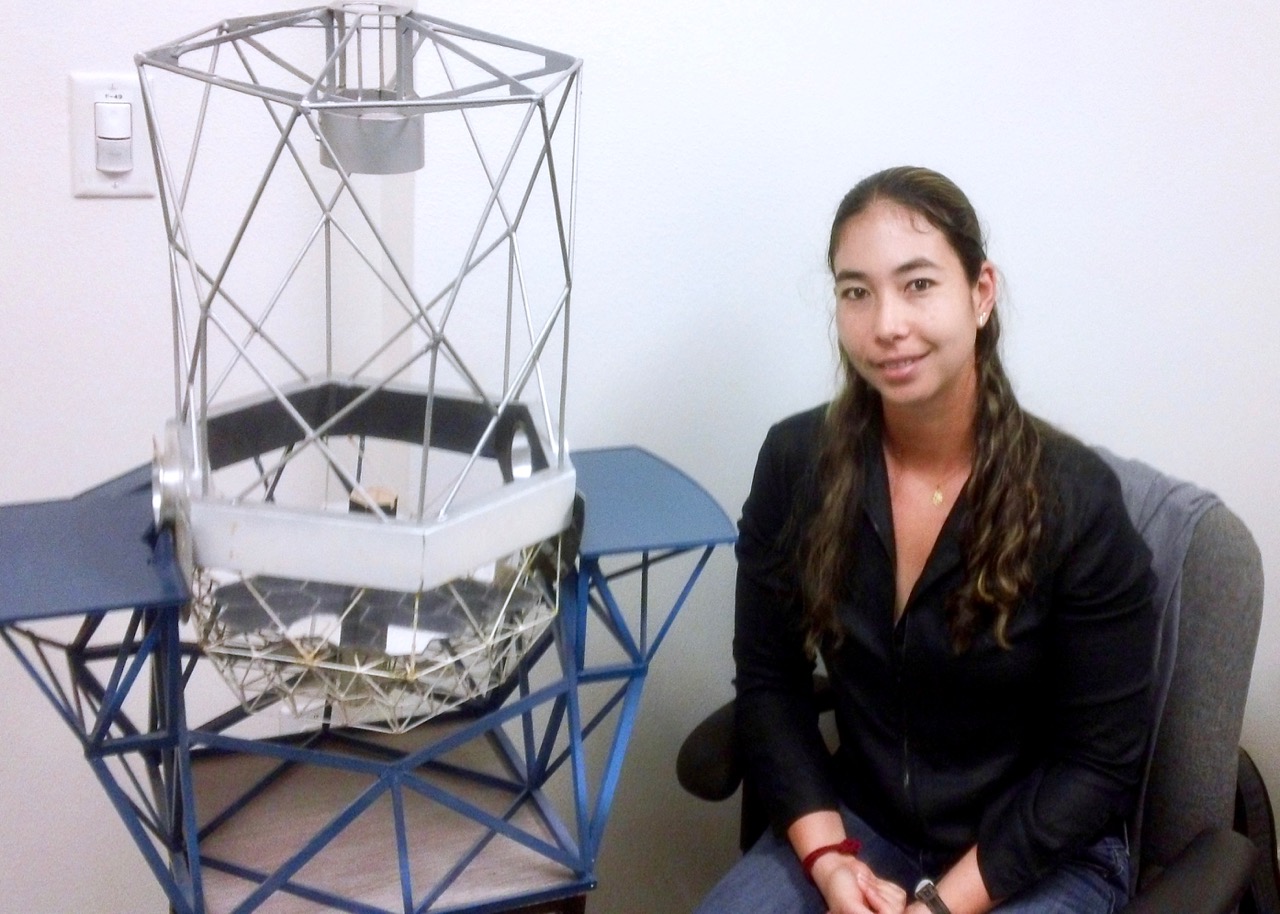
Jeri Goodin is a mechanical engineering student at the University of Hawaii of Manoa. She is currently pursuing her second degree after obtaining a Bachelor’s degree in Equine Studies/Business Management and an Associate’s degree in Business at the University of Findlay. She decided to change her career path because she enjoys the challenges that engineering entails. A few goals she currently has are to be involved in space travel as well as helping to steer the world towards self-sustainability.
During her free time, Jeri spends most of her time at a barn, riding and training horses. But when she is not at the barn she likes to go to the beach, go on hikes, watch movies and hang out with her friends.
Home Island: Oahu
High School:
Institution when accepted: University of Hawaii at Manoa
Instrument Transfer Shock Reduction Design Concepts for W.M. Keck Observatory
Project Site: Waimea, Big Island HI
Mentor: Truman Wold and Ean James
Project Abstract:
Keck 1 telescope is home to multiple instruments, some which can be interchanged through a rail and gear system specifically designed for this telescope. One of the instruments, MOSFIRE (Multi-Object Spectrograph for Infrared Exploration), is Keck 1’s heaviest instrument and is commonly used by astronomers for its ability to record up to 46 different objects simultaneously. Due to MOSFIRE’s 4-ton weight, the rail system on both the floor and the transport handler became misaligned with the connecting rails on the telescope. When the MOSFIRE is being transported on and off the telescope, these misalignments cause the MOSFIRE to ram into the connecting rails before rolling onto those rails which produces 5-7 G’s of shock which could lead to internal damage. The purpose of this project is to come up with several design concepts that will ultimately reduce the amount of shock transferred to the MOSFIRE. There are two major areas where most of the shock is produced: between the handler and the Cassegrain socket rails and between the Nasmyth deck and the Cassegrain platform. The two main concepts that were selected consisted of a roller mechanism, between the transport handler and Cassegrain socket rails, and an increase in the tapered angle of the floor rails on the Nasmyth deck. These were selected because of a roller’s capability to reduce friction while providing a smoother connection between the rails and because changing the tapered angles was a simple and practical approach to smoothing out the vertical misalignments in the floor rails. These concepts were drawn up in detail and analyzed through SOLIDWORKS and ANSYS to ensure the selected designs will reduce as much shock as possible by providing the instruments with a smoother ride with the intent that they could be fabricated and implemented later in the year. These concepts were specifically designed for the MOSFIRE, however, with minor alterations the same concepts could be applied to the other instrument’s rail systems as well.